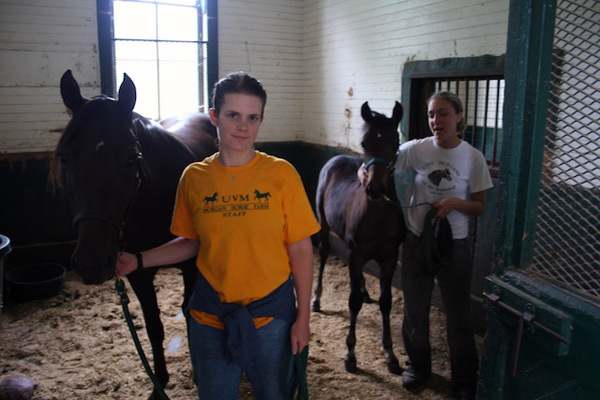YQA - Equestrian Stables - Architecture Around the World
Take a look at the unique architecture of equine stables around the world.
Recently while speaking at Equine Affaire, an Equitrekking viewer asked me about the different equestrian stables I'd seen around the world. Here's a look at some of the unique construction and barn architecture we've encountered while filming Equitrekking, including Jordan's Royal Stables, high-tech Yeguada Centurion in Spain, the UVM Morgan Horse Farm and the Irish National Stud.
There's a reason that stables are constructed the way that they are and looking at the architecture can tell you a lot about the area's climate, history, resources and culture.
Segovia, Spain - Yeguada Centurion
If you're into high tech set-ups for your stables, then visit Yeguada Centurion, a breeding farm for Pure Spanish Horses outside of historic Segovia, Spain.
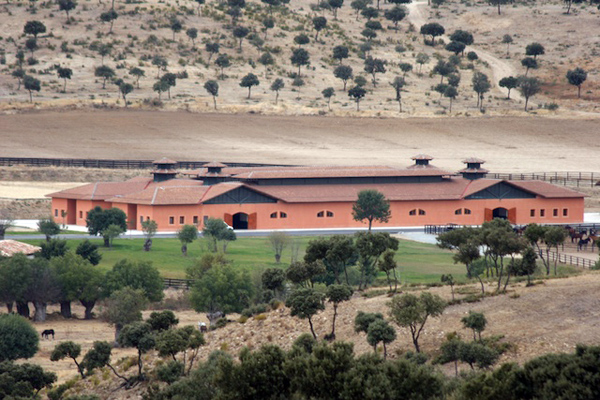
This farm is featured in Equitrekking's Spain episode. It's where I did a lovely and lively sunset ride. Watch out for those wild boars when you're riding back to the stables at dusk!
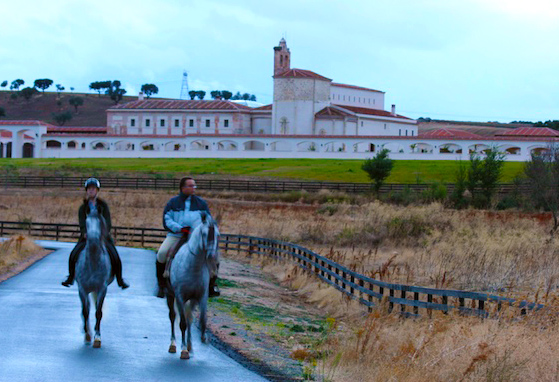
If you work here, you have to be computer savvy. The horses are fed through a large automatic horse feeder. Each horse has a microchip. When he walks up to the feeder to eat, a computer reads that horses's particular chip and knows exactly what to dispense based on that horse's specific diet and needs. The horse stables have steel building frames to promote the greatest structural integrity.
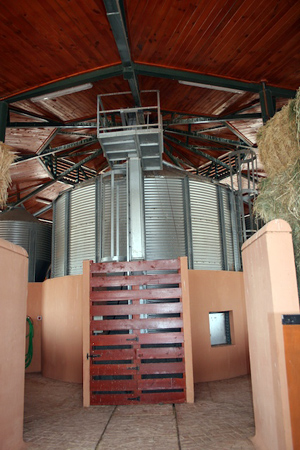
We saw a few horses who had eaten their fill go right back up and try to get more food dispensed. The computer read their chip again and wouldn't give them any more... until later.
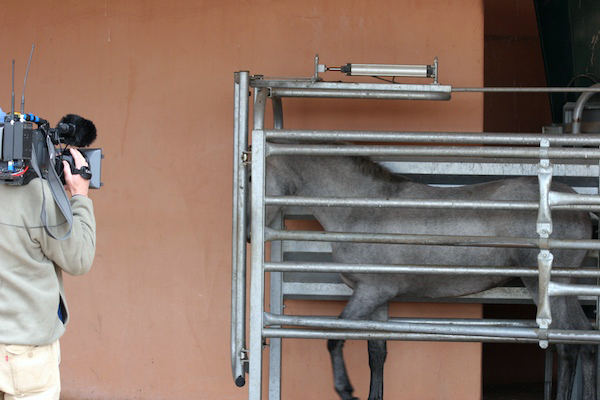
As you can tell, we had a few horses that just didn't give up. They were hungry and turned on our cameras!
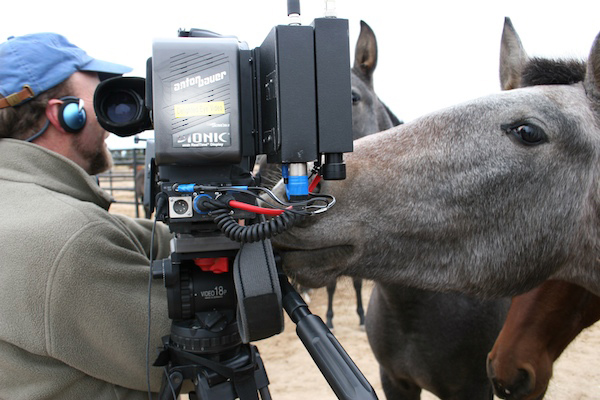
Royal Stables - Amman, Jordan
On an insider's tour with Her Royal Highness Princess Alia, I was able to taken in the wonderful open air architecture of Jordan's Royal Stables, where fine Arabian horses are bred. Each of these stalls is certainly well-ventilated.
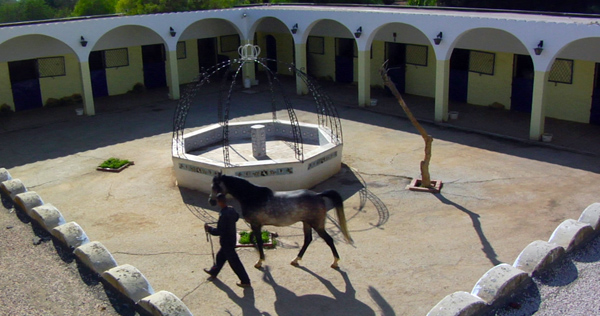
The horses are taken out of their stalls multiple times each day to have time in the paddocks or to get groomed. I've never seen such perfectly white stallions!
There's a wonderful grass area with bleachers so that spectators can enjoy competitions and events.
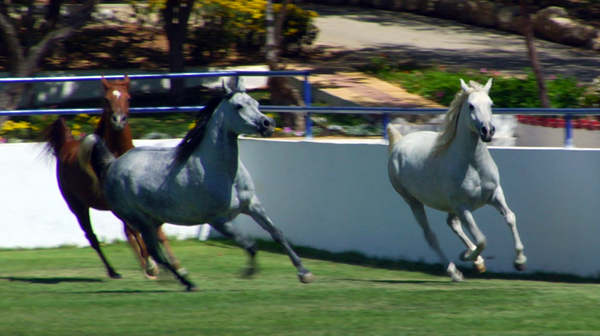
Over 150 of Jordan's most prized Arabian horses live in the arched courtyards of the Royal Stables. The stables date back to 1958.
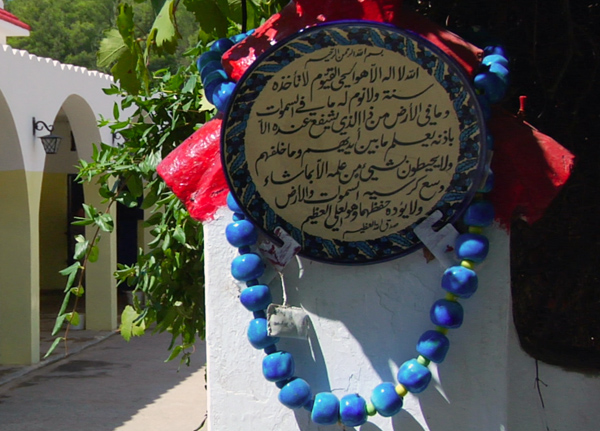
It was just the Royal family's stables to start, but became something greater when HRH Princess Alia's father made it his mission to preserve the local lines of Arab horses, which he felt were being lost a little because of racing.
.jpg)
Irish National Stud
The Irish National Stud in Kildare is home to some of the world's top racehorses. On an insider's tour, I was able to go inside one of the horse stalls to check out its unique design.
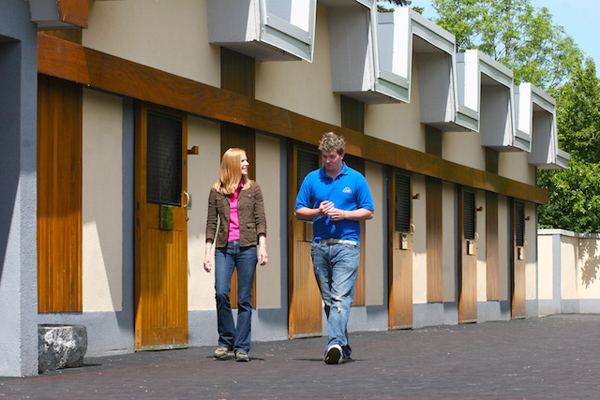
This Kildare stud dates back to the early 1900's when Colonel William Hall Walker, a wealthy Scotsman and equestrian purchased the farm and began to breed Thoroughbreds.

Many people thought that Hall-Walker’s breeding style and his equestrian architecture style were eccentric. He installed skylights in the horse’s stalls, so that the horses could look up at the moon and stars.
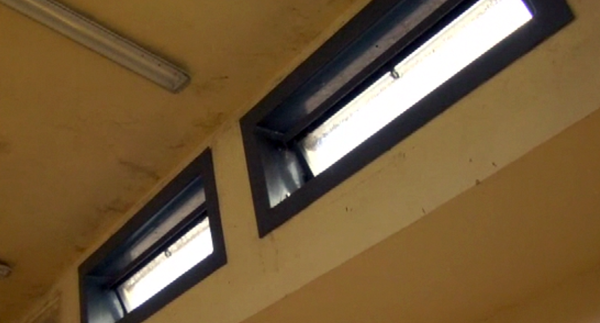
He used astrology and horoscopes to dictate which foals were sold and which were kept. No matter how bizarre his methods may have seemed at the time, they worked.
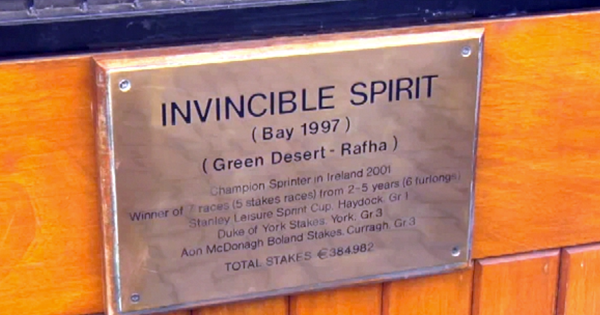
Today, this Kildare stud is still producing top stallions, like Invincible Spirit, whose stud fee at the time of our visit was a whopping 35,000 Euro!
University of Vermont Morgan Horse Farm
Featured in the Equitrekking Vermont episode, the main barn of the UVM Morgan Horse Farm was built in 1878 by Colonel Joseph Battell of Middlebury.
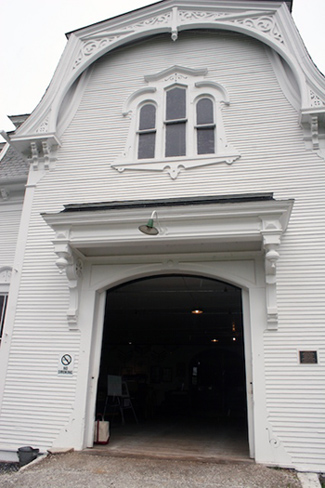
It's listed on the National Register of Historic Places and is constructed with three-levels.
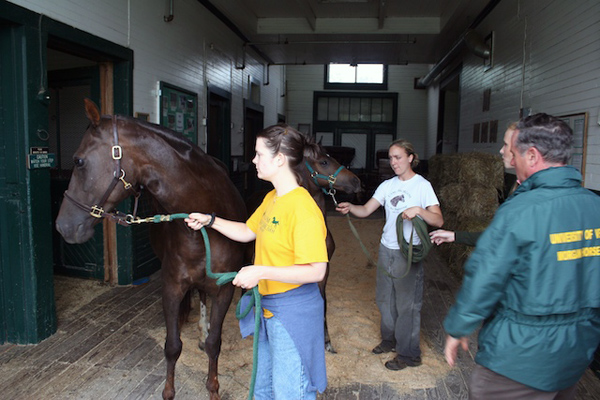
The stalls are quite large, as you can see from this photo. You can check it out for yourself on daily tours and at a seasonal events from May to October.
